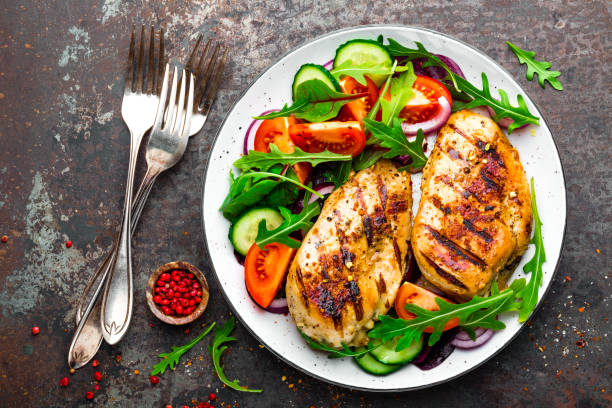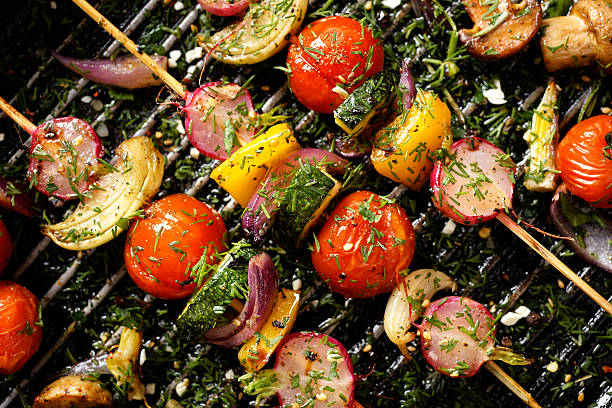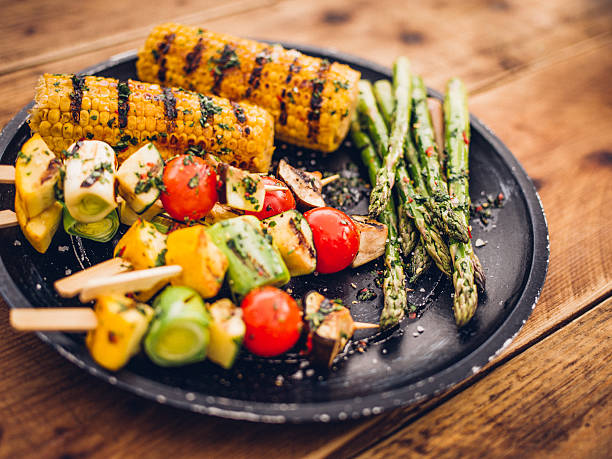Want to grill spare ribs but don’t have time to turn them over and over for 3-4 hours over low heat? Why not try this recipe, in which the spare ribs are first cooked in a spicy broth. You have never eaten more tender spare ribs – I promise!
Spare ribs are something delicious: you can nibble on the crispy ribs to your heart’s content until your fingers and face are really smeared with barbecue marinade. Because eating spare ribs with a knife and fork is a no-no!

Along with pulled pork and beef brisket (breast of beef), the spicy ribs are part of the “Holy Trinity” of classic American barbecues. Traditionally, spare ribs are cooked over low heat for several hours, turning them over and over again. This allows the fat to spread out slowly, making the meat tender and crispy. Unfortunately, not everyone has the patience of the American BBQ forefathers and grilling spare ribs often turns into a fat-soaked, chewy, and burnt affair.
Our recipe suits all friends of quick barbecue enjoyment because the ribs are first pre-cooked in a seasoning broth for half an hour. The pre-cooking can also be done a day before the BBQ. After that, 15 to 20 minutes on the grill is enough! A positive side effect: pre-cooking the ribs makes them less greasy.
Grilling spare ribs: the ingredients
- 2 kg pork rib ready to cook
- 2 onions
- 2 cloves of garlic
- 1 tbsp sea salt
- 2 tablespoons oil
- 150 ml dark beer
- 2 tbsp ketchup
- 2 tbsp tomato paste
- 1 teaspoon of liquid honey
- 1 tbsp Dijon mustard
- 1 tbsp Worcestershire sauce
- 1 tbsp paprika powder
- Salt
- Tabasco
- pepper from the grinder
Grilling spare ribs: That’s how it’s done

- Wash the spareribs, pat dry, place in a saucepan, pour over enough water to cover, and bring to a boil. Peel and onion and a clove of garlic, cut in half and add to the water along with a level tablespoon of sea salt.
- Let simmer for about 30 minutes.
- Put the oil in a pan, peel, and dice the remaining onion, and sweat in the oil until translucent. Peel and press the garlic. Pour on the beer, let it reduce a little, and mix in a bowl with the ketchup, tomato paste, honey, mustard, and Worcestershire sauce. Add the paprika powder and season with salt, Tabasco, and pepper.
- Remove the spareribs from the broth and place them on a hot grill. Brush with the beer sauce and grill for 15 to 20 minutes, turning occasionally. Keep brushing and turning with the marinade.
- Divide the spare ribs into individual ribs and serve them arranged on plates. This goes well with coleslaw.


















